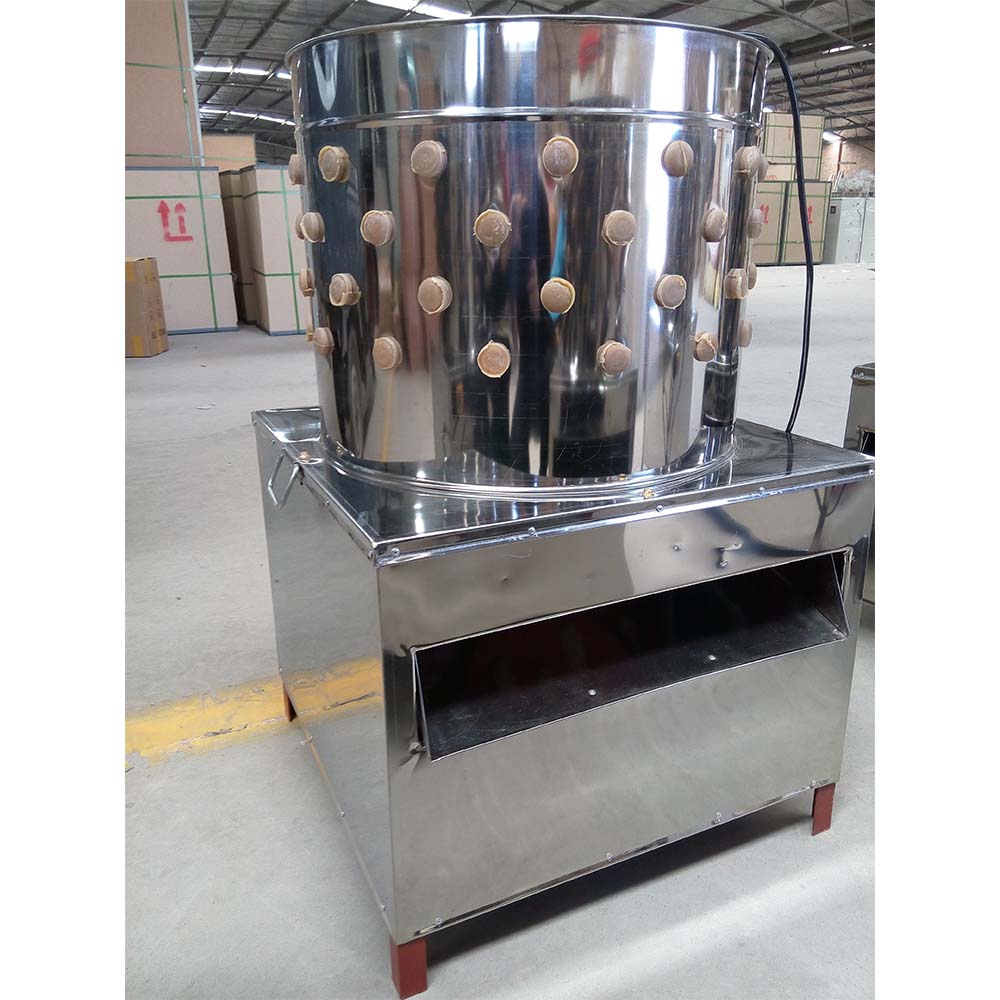Cages Designed for Layer Chickens in Poultry Farming
12 月 . 03, 2024 17:51 Back to list
Cages Designed for Layer Chickens in Poultry Farming
The Importance of Cages for Layer Chickens
Cages for layer chickens have been a topic of significant debate and discussion in the agricultural community. With the rising global demand for eggs, the production methods employed by poultry farmers have evolved. The use of cages has become a predominant method in many commercial egg-laying operations. Understanding the rationale behind this practice, as well as its implications for animal welfare and egg production efficiency, is crucial for anyone interested in modern agriculture.
The Structure and Purpose of Layer Chicken Cages
Layer chicken cages are specifically designed enclosures that provide a controlled environment for hens that are primarily raised for egg production. These cages come in various arrangements, including battery cages, enriched cages, and aviary systems. Battery cages are the most traditional form, often housing multiple birds in a compact space, whereas enriched cages provide additional space and amenities allowing for natural behaviors such as nesting and perching.
The main objective of using cages is to maximize egg production while minimizing the costs associated with feed, veterinary care, and labor. Cages can also simplify the collection of eggs, making it a more efficient process for farmers. By housing hens in a controlled environment, farmers can maintain careful oversight over their health and productivity.
Advantages of Using Cages
One of the most significant benefits of using cages for layer chickens is the increased efficiency of production. Caged systems allow for higher density housing, which can lead to more efficient use of resources. It can also make it easier to control disease outbreaks, as hens are less likely to come into contact with wild birds that might carry pathogens. Furthermore, caged systems often result in better feed conversion ratios, meaning that less feed is required to produce a certain number of eggs, thus increasing profitability.
In addition to economic benefits, caged systems can also have certain welfare advantages under controlled management. For instance, in well-maintained systems, hens can experience lower stress levels due to less competition for resources such as food and water. Access to feed and water can be automated, ensuring constant availability, which is more challenging in free-range systems.
cages for layers chickens

Addressing Animal Welfare Concerns
Despite their efficiency, the use of cages for layer chickens has been met with criticism, particularly concerning animal welfare. Opponents argue that cage systems restrict the natural behaviors of hens, such as scratching, foraging, and social interactions. The limitation of physical space in battery cages has prompted an increasing number of consumers to advocate for more humane farming practices.
In response to these concerns, many farms are transitioning from battery cages to enriched cages or cage-free systems. Enriched cages provide hens with more room, nesting boxes, and perches, allowing them to engage in more natural behaviors while still maintaining some of the production efficiencies of caged systems. Cage-free systems offer hens even more freedom, but they can introduce challenges related to flock management and increased mortality.
The Future of Layer Chicken Housing
As public awareness of animal welfare issues continues to grow, the poultry industry is compelled to adapt. Retailers and consumers alike are becoming more conscious of the conditions under which hens are raised, resulting in increased demand for eggs produced from cage-free systems. The shift towards more humane farming practices is not just a trend but appears to be a fundamental change in the poultry market.
Ultimately, the future of layer chicken housing will likely involve a mix of systems that prioritize both efficiency and animal welfare. Innovations in poultry farming, including improved design of cages, technology to monitor hen health, and integrated systems that promote natural behaviors, may provide practical solutions that satisfy both producers and consumers.
In conclusion, while cages for layer chickens have been integral to the efficiency and success of modern poultry farming, the conversation around animal welfare is redefining the standards and practices of the industry. As we move forward, it is essential for farmers, consumers, and policymakers to work collaboratively to ensure that egg production is not only economically viable but also ethically sound. Balancing the needs of the hens and the demands of the market is the path towards a sustainable future in poultry production.
-
school
NewsJul.10,2025
-
Vacuum Packing Machine - Efficient & Reliable Vacuum Packaging Solutions for Food & Industrial Use
NewsJun.10,2025
-
High-Quality European Rabbit Cage Durable Welded Rabbit Cage Wire Mesh Supplier
NewsJun.10,2025
-
High-Efficiency Air Inlet Window for Optimal Poultry Ventilation & Cooling
NewsMay.30,2025
-
High-Efficiency Evaporative Cooling Pads Durable & Energy-Saving
NewsMay.30,2025
-
Automatic Egg Collecting Machine High-Efficiency Poultry Farm Solutions
NewsMay.29,2025






